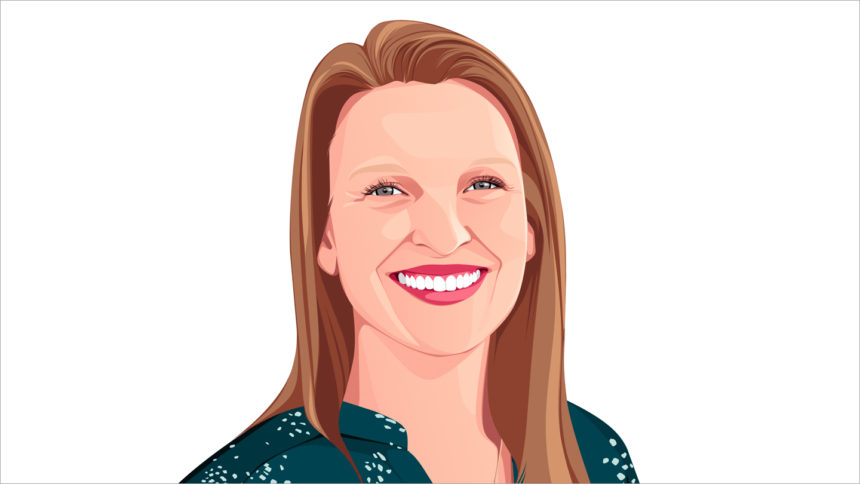WASHINGTON, DC — It’s not often we put worker equality and high-dollar private equity investors in the same thought bubble.
But Peter Stavros of KKR is working to change that with a strategy that he says can boost employee engagement, improve productivity (and possibly margin), and create generational wealth for the working class.
And, he said here at the NIC Fall Conference Tuesday, it’s doable in seniors housing and care.
Stavros is co-head of global private equity at KKR, which according to a 2023 report, created funds worth $6.3 billion targeting senior housing and other real estate since 2018.
In 2021, Stavros also launched Ownership Works, a nonprofit platform through which he is encouraging more companies in all sectors to bring their frontline staff into the ownership fold. On Tuesday, Stavros, KKR and some 50 partners announced a campaign to get Congress to modernize Employee Stock Ownership Plans, or ESOPs.
Such plans allow companies to give employees ownership shares, which can build value over time but aren’t guaranteed, in exchange for tax incentives. They’ve rarely been used in skilled nursing, but Stavros said Tuesday that should change.
“Nobody knows about ESOPs,” he told the NIC crowd, noting that a flurry of activity after they were first legalized in the 1970s and 80s had since died off. “There’s no reason this law can’t be more effective and we can’t have ESOPs all over the place, including healthcare.”
Stavros told me there “really aren’t any special barriers related to healthcare” but the federal government needs to change ESOP laws to make them easier to form in any industry.
The campaign announced Tuesday will press lawmakers to ensure workers get fair stock valuations, that plans benefit frontline workers over executives already likely to own stock and that tax break benefits impact the workplace, according to the Wall Street Journal.
Viable retention tool
At a time when the healthcare sector continues to see significant turnover, Stavros suggests ESOPs could be part of the solution. Such plans often encourage retention with longevity-related vesting or payouts.
“How are we going to have productivity growth if workers are just bouncing from job to job and companies are requiring the entirety of their workforce every three years?” Stavros asked.
He offered one major caveat, though.
“This is not about workers investing their own money to buy stock,” he said. “This can’t be about shifting risk onto the workforce, junior colleagues in particular. This must be a free and incremental benefit, not a trade for wages. … The company gets paid back by, hopefully, having a stronger culture.”
KKR has seen employees become more engaged and, in some cases, earn life-changing wealth when the private equity firm has sold a company to a new owner and converted stock plans to payouts. In a tearful video highlighting what Stavros said was KKR’s best case study, the longest tenured workers at a garage door company earned 4 ½ times their annual salary.
Stavros’ presentation highlighted employees whose lives were changed by dramatic ESOP results, guided in part by cash-rich PE leaders who were willing to establish the plans but also give workers more say in how money was spent to improve working conditions and productivity.
But he said smaller improvements are worthwhile for smaller businesses and the workers who keep them running.
And his stories revealed that nursing homes or others who attempt ESOPs as a retention strategy can’t let the promise of retirement funds be their loan contribution to workplace culture. Where one employee-owned business decided to air-condition a factory as a way to engage with workers, a nursing home chain owner might ask his workers where they want the company to invest in facility infrastructure or technology to make their jobs easier.
In 2022, a pair of deal-brokers for Lument reported that interest in ESOPs was increasing, especially among owner-operators considering legacy planning or strategic alternatives such as a sale. The lender used a McKnight’s column to outline how such plans were producing life-changing situations for some workers, forecasting Stavros’ broad pronouncements Tuesday.
In this case, private equity influence may be the variable needed to raise visibility, make ESOPs a more viable option for the skilled nursing industry, and create better fortunes for the people who staff them as well.





